jap exam unit 1 body parts
0.0(0)
0.0(0)
New
Card Sorting
1/13
There's no tags or description
Looks like no tags are added yet.
Study Analytics
Name | Mastery | Learn | Test | Matching | Spaced |
|---|
No study sessions yet.
14 Terms
1
New cards
Eye
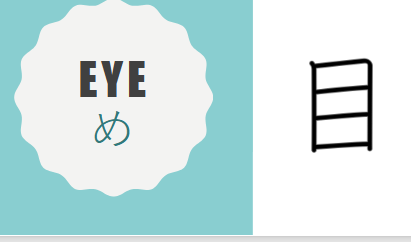
2
New cards
Mouth
(KUchi)
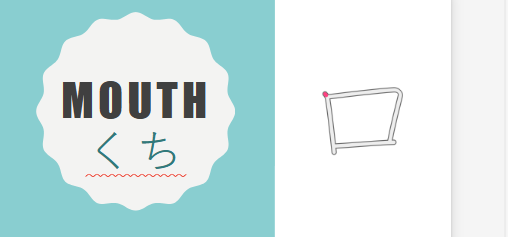
3
New cards
Ear
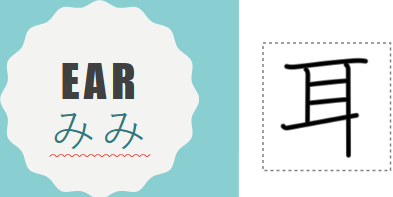
4
New cards
Hand
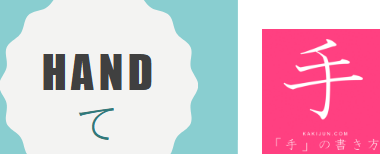
5
New cards
Person
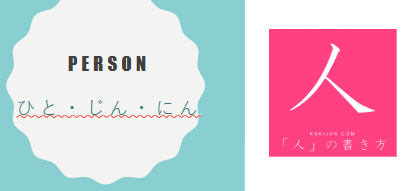
6
New cards
High
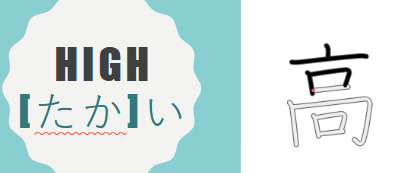
7
New cards
Big
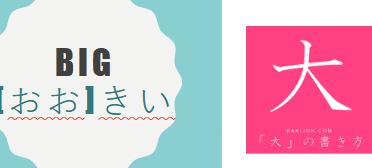
8
New cards
Small
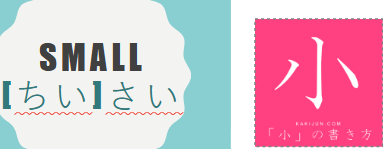
9
New cards
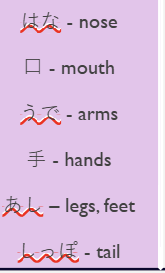
Body parts
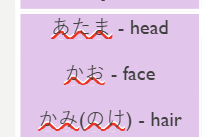
10
New cards
heights
Heights
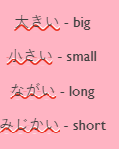
11
New cards
structure
(Person) は (body part)が (adjective)です。
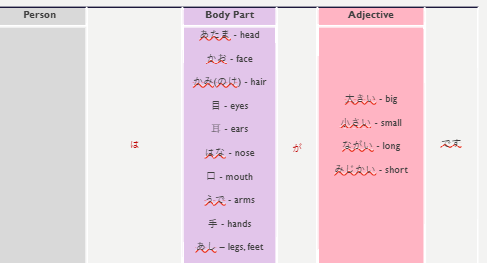
12
New cards
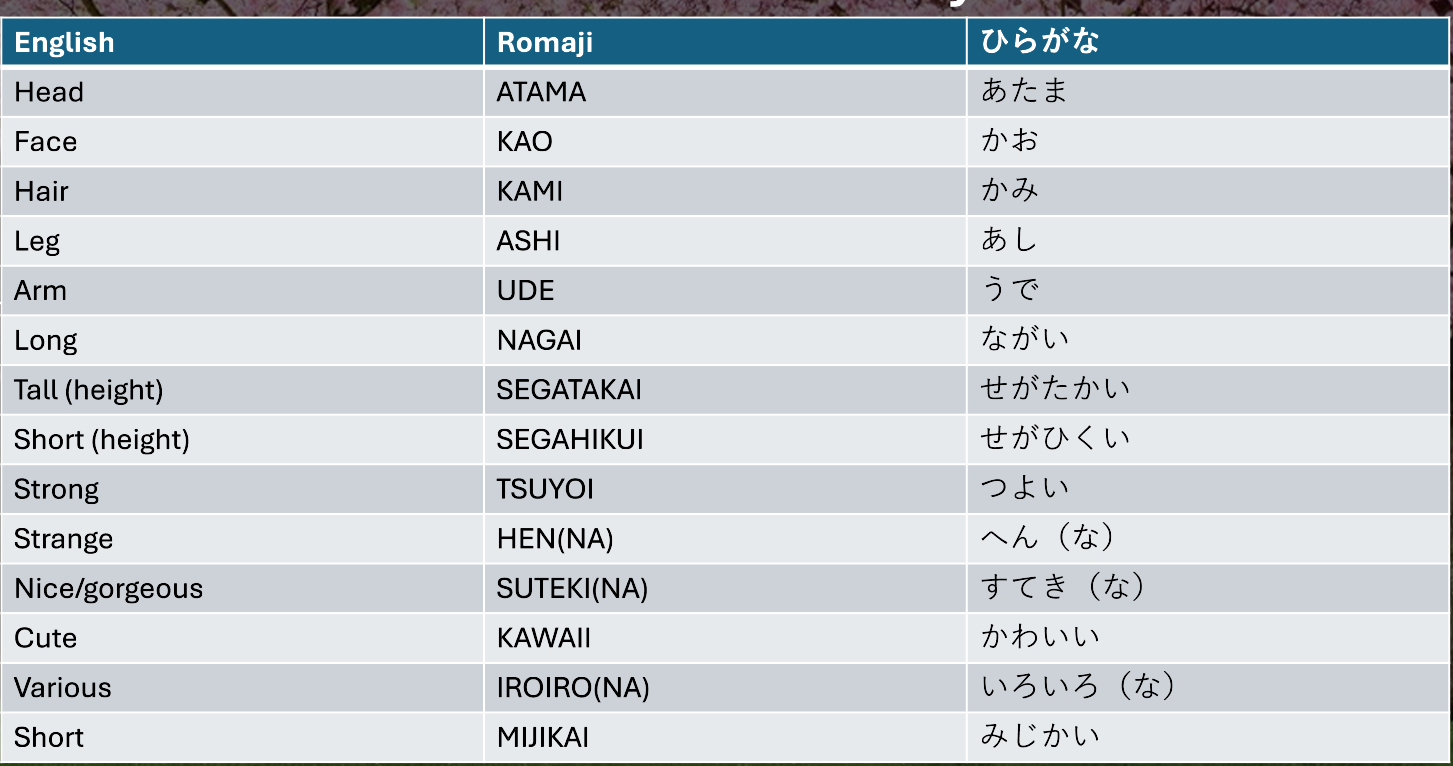
13
New cards
ALso
1. use も to say ‘also.’
そして、口も 大きいです。And (she/he) also has a big mouth.
2. I\ talking about two body parts, use も after each body partto indicate ‘and’.
目も 口も 大きいです。(Her/his) eyes and mouth are big.
3. To emphasise a contrast, such as between something big andsomething small, use は instead of が.
目が 大きいです。でも、口は 小さいです。
The eyes are big. But, the mouth is smal
14
New cards
Describing with more than one adjective
In Japanese, to join い-adjectives, you drop the last い and add くて.
Eg. なるとはつよくて、かっこいいです。
To join な-adjectives, you add で.
セーラームーンはきれいで、やさしいです。